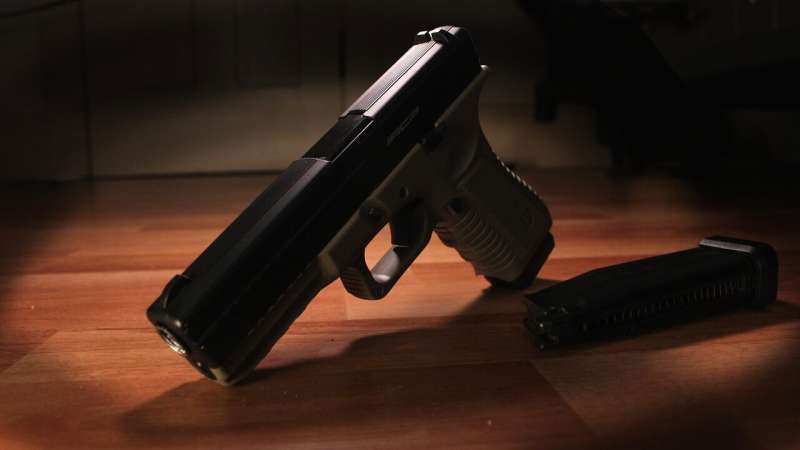
Each day, 28 U.S. children and teens —the equivalent of a high school classroom—die from gun violence, making it the No. 1 killer of youth through age 24. The national death rate is significantly higher than all other high-income countries combined, largely due to an alarming increase in suicides and homicides that do not make national headlines.
The American Academy of Pediatrics calls for tackling this public health emergency with a harm-reduction approach, using tactics that have successfully resulted in a decrease in motor vehicle-related injuries and deaths. The AAP offers recommendations within an updated policy statement, “Firearm-Related Injuries and Deaths in Children and Youth: Injury Prevention and Harm Reduction,” which, with an accompanying technical report, will be published during the 2022 AAP National Conference and Exhibition in Anaheim, Calif., on Oct. 8.
“This is not a simple problem and it cannot be fixed with a simple solution,” said lead author Lois K. Lee, MD, MPH, FAAP, chair of the AAP Council on Injury, Violence, and Poison Prevention, which wrote the reports. “Pediatricians as a start can offer families guidance and education on more safely storing guns. AAP also calls for supporting legislation that, much like the common-sense requirements for obtaining a driver’s license, would improve gun ownership safety.”
Over the past decade, rates of homicides and suicides from firearms in U.S. youth, especially those ages 15 to 24 years, have increased by 14% and 39%, respectively. Among all youth firearm deaths, homicides account for 58%, suicides account for 37%, 2% are unintentional, and legal intervention accounts for 1%.
About 85% of firearm deaths in children ages 12 and younger occur in the home. Teens ages 13-17 are equally likely to be killed at home (39%) or on the street/sidewalk (38%), according to research based on 2014 data.
“Many firearm tragedies escape public attention because they occur in a home, sometimes in a child’s own home or at a friend’s house, or their neighbor’s or grandparent’s residence,” said Eric W. Fleegler, MD, MPH, FAAP, a co-author of both reports. “Research tells us that families tend to underestimate how children will behave when they encounter a gun and miscalculate the risks. Suicide risks are also a huge concern, especially in families where teens are struggling with their mental health.”
AAP recommends actions at the local, state and federal levels that include:
- Firearm anticipatory guidance and lethal means counseling, mental health screenings and safe gun storage education provided by clinicians as part of routine patient visits;
- Increased funding for violence intervention programs at hospital and community settings;
- Regulations so firearms are regulated for safety like other consumer products, including motor vehicles. National requirements could be established for training, licensing, insurance coverage, and registration of individuals purchasing firearms and requirements for safe storage;
- Firearm safety design and regulation, with advocacy for the design and sale of affordable personalized “smart” gun and safety technology, which allow only authorized users to pull the trigger on the firearm;
- Legislation that includes universal background checks using both federal databases and information from local law enforcement before all firearm purchases;
- Legislation encouraging the safe storage of firearms;
- Extreme risk protection order (ERPO) laws, also known as “red flag laws,” that prohibit individuals at risk from harming themselves or others from purchasing or owning a firearm by a court order;
- More funding for firearm injury and prevention research;
Research and publications addressing firearm-related injuries, deaths, and interventions has lagged far behind other areas of study and impeded the ability to apply evidence-based approaches to decrease firearm injuries and deaths in U.S. children and youth.
Source: Read Full Article
